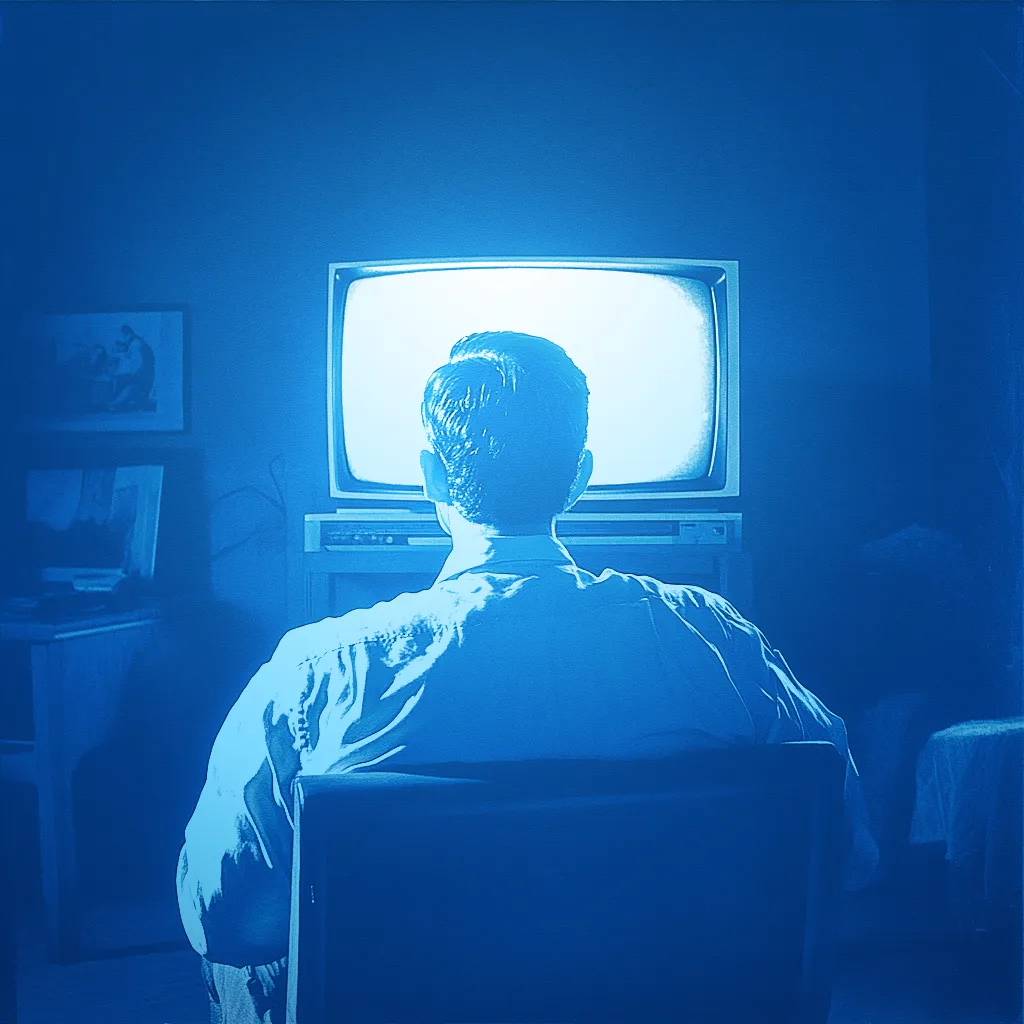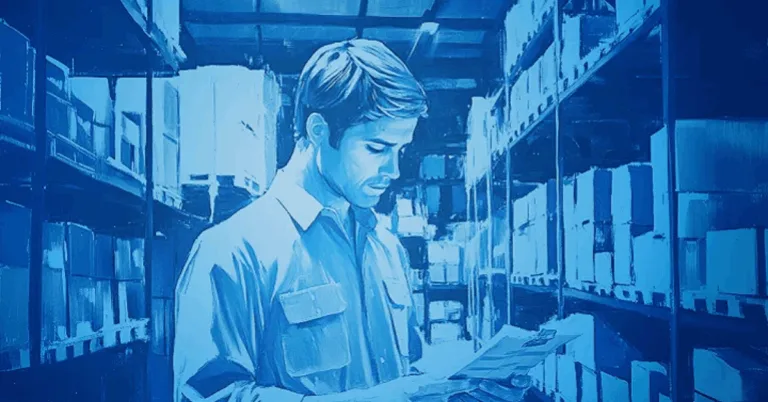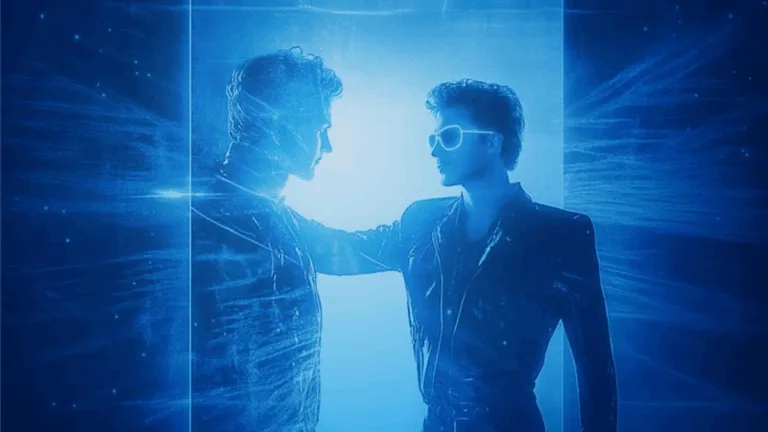Just four years ago, in their 2021 report, “Cashing In On Creativity: How Better Ads Deliver Bigger Profits,” LinkedIn’s B2B Institute showed the connection between powerful, emotional B2B creative and long-term business growth. The report was a rallying cry for B2B marketers—and their agencies—to elevate their creative game and deliver more memorable, impactful ads.
Since then, we’ve witnessed a B2B creative awakening of sorts (or so it feels). Even the Cannes Lions Awards recently launched a new B2B Creative category. But how far have we really come? Are most B2B ads pushing the creative limits further? Or are the widely celebrated recent spots from the likes of Workday, Amazon and Salesforce just isolated examples of highly creative (and big budget) advertising in B2B?
Unfortunately, follow-up new research from LinkedIn suggests we might not be as far along as we’d hoped.
In their latest 2024 study, “The B2B Renaissance,” LinkedIn reported that the majority of business decision makers remain underwhelmed by the B2B ads they encounter.
Despite stating that more creative ads would drive their interest and action, 64% of respondents said they rarely saw B2B ads with emotional appeal or humor. Similarly, 60% said ads lacked characters they could connect with, and 59% said ads failed to offer a unique perspective. Yikes!
So, B2B buyers are unimpressed by your ads. The cure? Be less boring. Be more memorable.
Easier said than done, I know. In an effort to lift the burden, here’s how you might raise the bar in your B2B ads (without necessarily breaking the budget):
Humor is surprisingly powerful in B2B advertising—even though B2B is often seen as all serious suits and spreadsheets. Here’s why humor works so well in that space:
- Cuts Through the Noise
B2B audiences are bombarded with dry, technical, jargon-filled content. A well-placed joke or clever twist stands out and grabs attention. - Humanizes the Brand
Businesses don’t buy things—people do. Humor shows there’s a real, relatable human behind the brand, which builds trust and emotional connection. - Boosts Memorability
Funny ads are easier to remember. If you make someone laugh, they’re more likely to recall your brand later when they actually need your product or service. - Encourages Sharing
Humorous content gets shared more—even in professional circles. This can amplify reach without extra budget. - Makes Complex Ideas Digestible
B2B products can be complex or dry. Humor can simplify and make boring stuff fun, helping audiences understand your value proposition more easily. - Differentiates in a Serious Market
When competitors are all saying the same things in the same tone, humor makes your brand distinct and more likable.
So, how might you add a touch of funny to your ads? Great question—here’s how you might pull it off:
- Start With Empathy
Know your audience’s day-to-day struggles. Humor that taps into real pain points (“Ugh, another 43-tab spreadsheet.”) is gold. Think: “We know your procurement software feels like it was coded in 1996… because it was.”
- Use Smart, Situational Humor
Avoid slapstick or over-the-top silliness. Instead, go for wit, irony or exaggeration based on real business life. Examples:- The endless Zoom meetings
- Office buzzwords (“Let’s circle back.”)
- “Mission-critical” tasks that are actually just moving files
- Play With Format
You don’t have to write just funny copy. Try:- Funny charts with absurdly obvious insights
- Mock testimonials (“This changed my life—my inbox now has only 912 unread emails.”)
- Parody ads styled like something your audience already knows
- Video! Stats show video content helps drive better brand engagement.
- Personify the Problem (or the Product)
Give your tech or service a voice. Or make a dramatic villain out of the problem you solve.- “Meet Tom. Tom is the spreadsheet that’s been running your operations since 2010. Tom has feelings. Unfortunately, ‘efficiency’ isn’t one of them.”
- Tone It Right
Balance is key. You can be playful without being unprofessional. Think of your brand voice like a smart, funny coworker—the one who makes meetings bearable but also knows their stuff.
- Avoid
- Inside jokes that are too niche (unless you’re 100% sure your audience gets it)
- Humor that could offend or feel like a punch-down
- Overuse—it should support your message, not overshadow it
OK, you’ve got the big idea—but how do you pull it off in a time when budgets (and timelines) are shrinking? Well, we’ve leveraged AI in a few key ways to be our secret weapon for scaling big ideas without “Mad Men” budgets.
Everything from brainstorming and concept development to visual and video production and testing and optimization, AI has helped us scale effectively and efficiently.
But is that actually doable? Hell yeah! Check out our recent award-winning campaign for Chevron, where we brought humor and AI together and achieved some pretty amazing results.

Or there’s this campaign we created for BioCatch, which recently won a 2025 Communicator Award for AI Creative Integration—where we leveraged generative AI imagery and video to deliver outsized creative impact while keeping production nimble.

The line between B2B and B2C hasn’t just been blurred; it’s disappearing. By leveraging some of the tips above, you might just find your ads stand out from the crowd, help move the needle for your business and get some laughs along the way.



